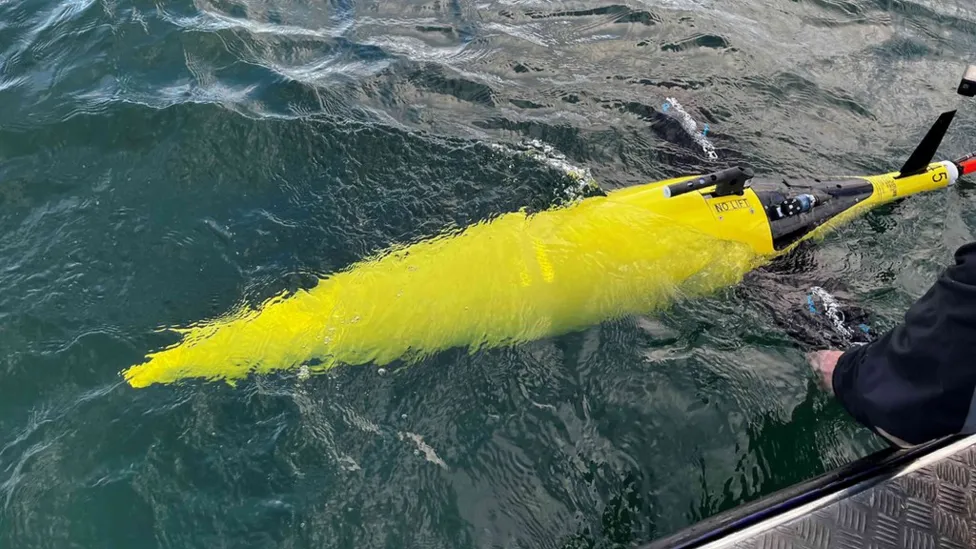Deep diving robots checking for climate collapse in our oceans

Deep diving robots checking for climate collapse in our oceans. The “conveyor belt” that transports warm and cold water between the Caribbean and Arctic is being monitored.
A weakening of the system would have devastating effects across large parts of the globe, scientists fear.
During a five-month period, the Scottish Association for Marine Science (SAMS) at Oban will deploy the robots on autonomous missions between the UK and Iceland.
Atlantic circulation distributes tropical heat around the world and maintains a more temperate climate in northern Europe than in other locations at the same latitude.
Climate scientists refer to its collapse as one of the “tipping points,” and some research indicates it might be weakening very slowly.
Experts say circulation needs to be monitored closely over several decades before firm conclusions can be drawn about its strength.
Modelling suggests that although its collapse would be catastrophic, it’s highly unlikely this would happen in the 21st Century.
In order to gather data about water temperature, oxygen level, and salt content, robotic gliders dive to a depth of 1,000 meters (3,281 feet).
The satellites travel at a speed of half a mile per hour, resurfacing every five to six hours to communicate with the research team.
As oceanographer Helen Smith points out, the marine environment is far understudied because most historical observations are focused on areas around ships at certain points in time, usually during the summer.
According to Smith, “We can send these out to measure water all year round in places we couldn’t reach before.”
It has been measured and modelled since 2004 and is called the Atlantic Meridional Overturning Circulation (Amoc).
When warm water moves north, it cools, increasing the density of salt, making it sink deeper into the ocean. The cycle is completed when the cooler water flows southward.
